OFFICE SECURITY: Major importance of Access Control in your office
A critical element in securing your office is controlling access to your business space. While cyber security tends to be front of mind for many businesses, controlling who enters your office and when is your first line of defense against intruders, thieves and even potential employee misconduct. Choosing wisely protects your staff, your stuff and your data.
What is an Access Control System?
Access control systems control entry to your business space and can also establish levels of access for areas of the office and particular devices. The system authenticates the identity of the user and cross references against a database to attain the access authorization level. This system gathers and stores data that then enables a business owner to monitor movement of employees and visitors in the office, which could lead to identification of perpetrators if there is a security breach and enables proactive assessment of security risks to make adjustments as needed.
There are several types of authentication:
- Key fob/access card – a physical card that can be swiped or scanned for entry.
- Biometrics – facial recognition or fingerprints that identify the person seeking access.
- Password or pin code – approved users can enter into a keypad.
- Mobile apps with barcode – approved users download the app to their phones and then generate a barcode to enter the office in the same way they’d use a key card.
There are many benefits to these forms of authentication. For each, the system administrator can immediately turn off an employee’s access credentials upon his or her leaving the company. Additionally, for companies previously using a security guard or receptionist to approve access, technology supported systems speed up access for employees who previously may have had to wait their turn in line. And, if there’s an emergency, access control systems can enable quick lock-down if needed.
Types of Access Control
There are two approaches to connecting the various components within a system, including door readers, locks, and cameras and the administrative system or dashboard, which is generally a computer:
- Traditional systems use control panels physically connected to system equipment. This is seen as the more secure option of the two types of systems, but it can be limited or costly in that there are caps on the number of access points that can be attached to a control panel. If one panel doesn’t support the number of access points you require, you either have to reduce access points or invest in additional control panels.
- IP systems are network-based, connecting door readers using the Ethernet or wireless connections. This removes limits on the number of access points in the system but there is concern about the potential for the system to be hacked.
There are three types of access control systems:
- Discretionary Access Control (DAC): This is the least stringent form as it provides one level of access for all with approved credentials.
- Mandatory Access Control (MAC): This is the strictest and most work- intensive form of access control as it requires the system administrator to assign an access level to each individual added to the system.
- Role Based Access Control (RBAC): This is the most common form. With this approach, roles or job titles are added to the system with a level of access assigned to each based on the access needs someone in that role will have. Then when a new person is added to the system, they are added with a given role or job title and the level of access is automatically assigned. This is also called rules-based access.
There are also several options for hosting your system:
- Locally hosted via an on-site server generally using a PC for system administration.
- A cloud-based system that stores access permissions in the cloud and the administrator can access the system dashboard from anywhere via a web browser. The admin should experience uniformity of functionality across
devices, i.e. access, information and experience should be the same whether on PC, tablet, mobile, or other device. - A mobile or smartphone based system offers administrative and user functions via an app.
- An IoT based system is an “integrated network of intelligent computing devices connected through internet to communicate with each other without any human interference.
